These insects have fascinated me for a long time, but somehow I never seem to find a way to include them in a post. Well, no more. Today I am putting the spotlight on a few of the pretty dragonflies I have encountered over the whole last year. I have added the type of dragonfly in the caption for each picture.
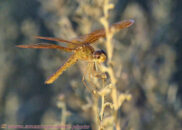
In French we call this insect “libellule”, prounounced [AUDIO]. Curiously enough, I just discovered that this word comes from latin “libella” which means “level”. This refers to the way they fly, in which their long body is always maintained horizontal.
Anyway, there are many more interesting facts about these insects than I realized. A quick read of this Wikipedia article (and a few other sources) revealed the following:
- There are really 2 main families, or suborders of the order “Odonata”: the dragonflies and the damselflies.
- You can easily identify damselflies: they have a slender body and keep their wings folded at rest. I have 2 of those in the photos, and 1 in the videos.
- Dragonflies are predators. They eat other insects. I have seen them often flying in the clouds of gnats at lake Hodges. I also tried to take pictures of that action, but been unsuccessful so far. I haven’t given up, it will take some special effort, but some day…
- They live in their adult form about 3 weeks on average, although some will only live a few days. But prior to that they spend a lot of time in the form of a nymph.
- There are over 3,000 types of dragonflies, and 2,000 types of damselflies in the world.
- Fossils of dragonflies ancestors have been dated back to 325 million years ago. These creatures would be pretty scary to us, as they were much bigger, with some having wingspans as wide as 27 inches (~ 70 cm)
- They have extraordinarily sharp vision. This has been painfully obvious to me as I have often seen them fly away from me, even though I wasn’t even close. They know when someone is trying to get close to them.
Their vision is almost 360 degrees. Their eyes have between 24,000 and 27,000 micro-lenses (scientific name: ommatidia) - Dragonflies combine their excellent vision with impressive flight control skills. They can hover, fly backward, speed up to 35 mph, and decelerate to 0 mph in less than a second. This possible because the attack angle of their 4 wings are all separately controlled. You can find more details if you are interested in this website. But the real in-depth analysis, which includes math which will scare away most people, yours truly included, is available here
There are many other aspects of the dragonflies that are very interesting, but I can’t write it all in here.
However, on top of the pretty pictures, I am giving you 2 videos.
The first one shows a female neon skimmer which had the fortitude of waiting for me to setup my tripod, and stay put long enough on a branch so that we can observe it head and mouth motions.
The second video shows a female familiar bluet (that’s right, the female is not blue, only the male) eating… I don’t know, it seems to be a nymph, perhaps from another type of dragonfly.
Identification sources:
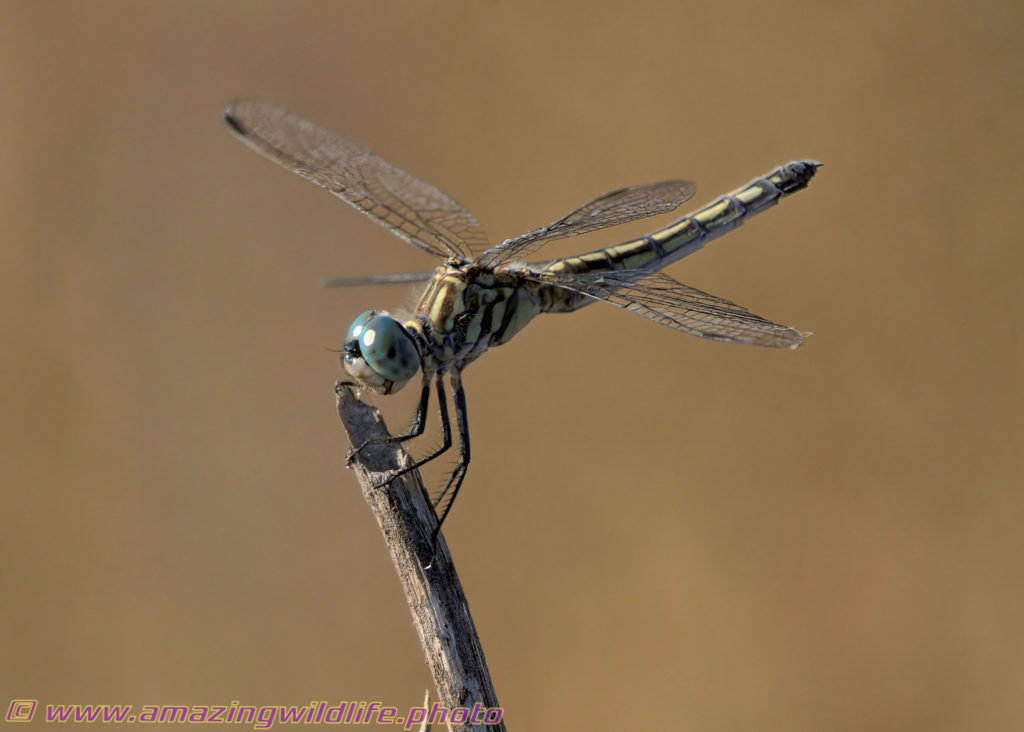
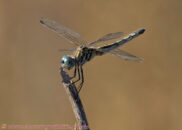
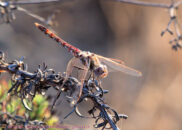
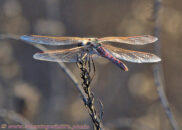
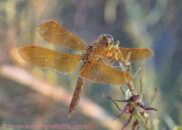

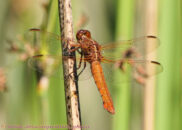
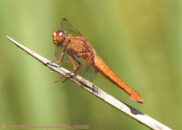
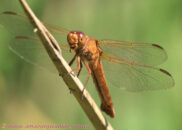
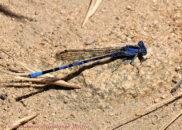
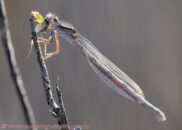
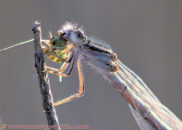
Very nice colorful detailed work. Awesome!!!!
Thank you G.
I am glad to see that you like my work.